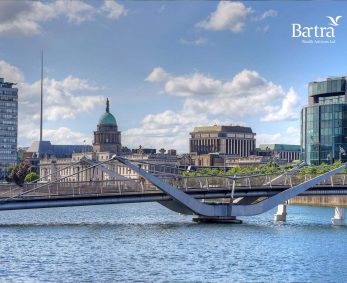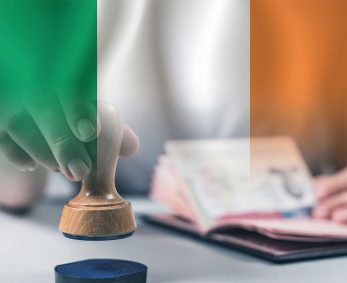Insight
Ireland’s Eclectic Sporting Scene


Ireland’s neighbours might be best known for football and cricket – sports that dominate in Britain, but Ireland is home to a wide range of outdoor activities that aren’t commonly seen in the rest of the world. While Ireland’s prowess in rugby is renowned, lesser-known sports, such as Gaelic football, hurling and camogie make the country’s sporting scene stand out.
Ireland’s largest sporting organisation is the Gaelic Athletic Association, which promotes Gaelic games that include most of the nation’s distinctive sports, including Gaelic football, hurling, handball, rounders and camogie. As of 2018, GAA was Ireland’s most popular sport, followed by soccer, then rugby, with athletics, tennis, golf and swimming coming in joint fourth place.
We’ve rounded up some of Ireland’s most popular sports below, to reveal a little more about these intriguing games and what spectators can expect if they see the sport in action.
Gaelic Football
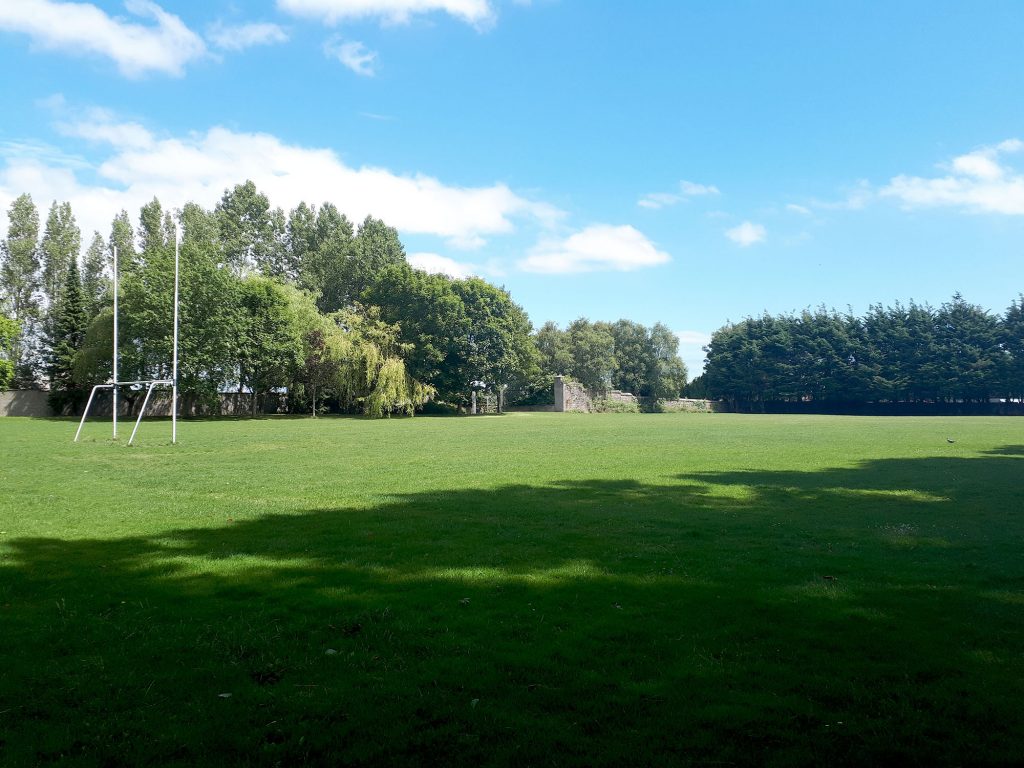

Gaelic football appears to have first been played in Ireland in 1802. With origins in the traditional football that was played across Europe, the distinctive Gaelic version was codified by the GAA in 1887, and while also based on the ancient Irish game of caid, it has similarities to rugby.
Gaelic football is played between two teams of 15 on a rectangular grass pitch – not so different to rugby in both respects. However, the Gaelic football pitch is slightly larger and the ball in play is round like a football, instead of oval as in rugby. This ball may be kicked or ‘hand passed’, which means that it is struck with a closed fist using the knuckle and thumb. Tackling is limited relative to rugby, though shoulder to shoulder contact is permitted, as is slapping the ball out of an opponent’s hand. The aim is to get the ball over or into the goal, which consists of two posts with a crossbar (narrower and lower than in rugby), but also with a net, effectively combining rugby posts with a football net. A ‘point’ is scored by kicking the ball or fisting – when a closed hand strikes the ball – it over the crossbar. Below the crossbar a ‘goal’ is scored, which is worth three points, but a ‘goal’ only counts if the ball is kicked into the net.
An amateur sport, Gaelic football is mainly domestic with no national Gaelic football teams, so it’s rare that you’ll be able to watch a game outside of Ireland.
Hurling


Played by men, hurling is a team sport that has some elements in common with Gaelic football, including the field and the goals, though its roots lie in shinty, a game predominantly played in Scotland. There are also similarities to both hockey and lacrosse, particularly given that hurling is a stick and ball game. It is, however, played using a ‘hurley’ (a stick made of ash) and a ‘sliotar’, a small ball that is slightly bigger than a tennis ball and is comprised of a cork core encased in leather, similar in appearance to a baseball. For the teams to score, this ball is hit over the crossbar for one point or into the net (past a goalkeeper) for three points.
In terms of rules, the ball can be caught in the hand and carried, though not for more than four steps, and it can be struck in the air, or hit on the ground using the hurley. It can also be kicked or slapped with an open hand. To carry the ball further than four steps, the ball must be bounced or balanced on the end of the hurley and may only be handled twice while in the possession of one player. Helmets and faceguards are compulsory for all players, particularly given that hurling is considered one of the fastest field sports in the world.
Greatly loved, hurley plays a big role in popular culture, often featuring in film, music, and literature. It has also been listed by UNESCO as an element of Intangible Cultural Heritage. While it is played by the Irish diaspora around the world, spectators will most likely catch a game in Ireland – and should look forward to the experience. Financial Times journalist Simon Kuper wrote after watching the 2020 All-Ireland Senior Hurling Championship Final that hurling is “the best sport ever and if the Irish had colonised the world, nobody would ever have heard of football.”
Camogie
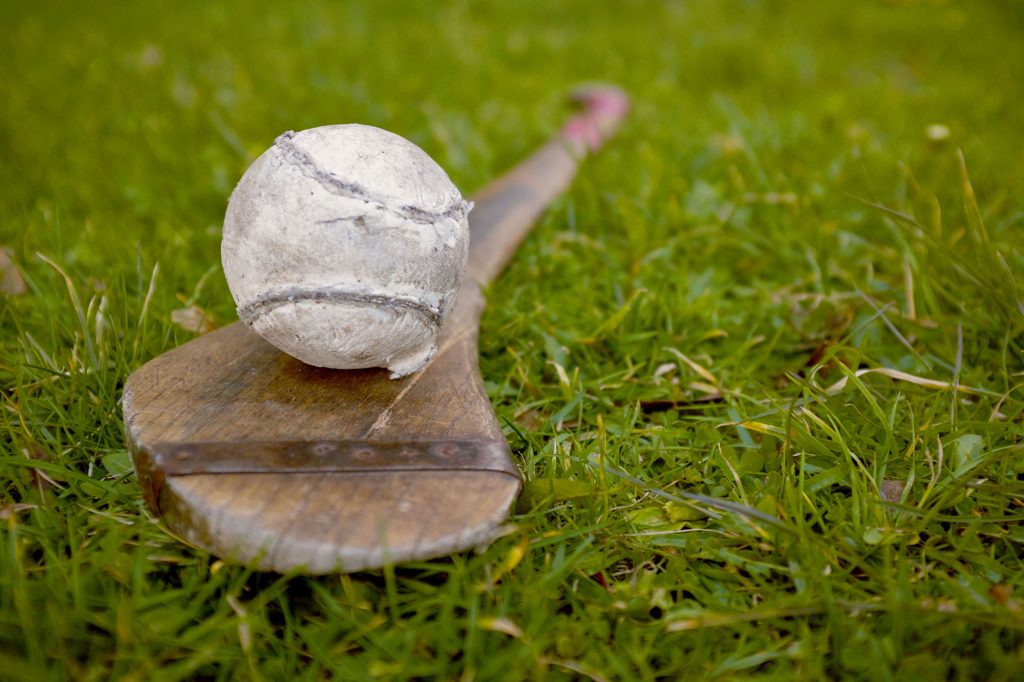

Similar to hurling and with the game of shinty also at its roots, camogie is essentially hurling by adapted to suit women. It is less physical than its counterpart for men with a slightly smaller ball and shorter games – 60-minutes instead of hurling’s 70-minute games. Yet just as fast and exciting as hurling, camogie is a similarly popular spectator sport that is much loved both within Ireland and by Irish communities overseas. It has also been listed as an element of Intangible Cultural Heritage by UNESCO.
Rugby
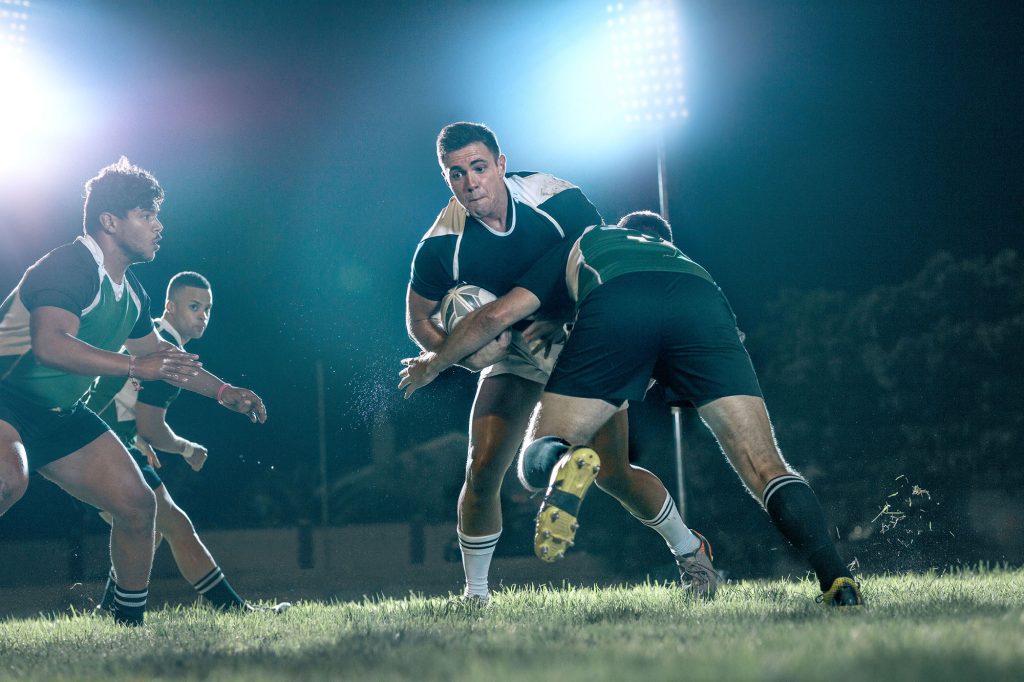

Despite the popularity of Gaelic sports in Ireland, the nation is probably most proud of its rugby team, which competes successfully on the world stage. In 2019, Ireland ranked number 1 in the Men’s World Rugby Rankings and currently sits in sixth place as of February 2021, behind South Africa, New Zealand, England, France and Australia.
Rugby is a sport that is only gaining in popularity globally, particularly in Asia following the hosting of the 2019 Rugby World Cup in Japan last year, where Ireland reached the quarter-finals. A number of international rugby tournaments take place, including the popular World Rugby Sevens Series, a variant of the game where teams of seven play seven minute halves, instead of the usual 15 playing 40 minute halves. The Hong Kong Sevens, which was founded in 1976, is the premier event of this competition.
Barta has an exclusive partnership with Connacht Rugby, one of four professional provincial rugby teams in Ireland. Bartra supports the funding of the redevelopment of a new stadium and indoor training centre at Connacht’s existing home, The Sportsground in Galway. Investors willing to make an IIP application via the Endowment route can choose to fund Connacht Rugby.
Investors interested in the IIP often choose the Enterprise route, where through Bartra investors can enjoy 100% capital return and, when investing in nursing home projects, also reap a 20% return over a five-year investment period. However, investing in Connacht Rugby through the Endowment route is an alternative, where a minimum of €400,000 is invested benevolently in an appropriate public project that benefits arts, sports, health, culture or education in Ireland. Connacht Rugby is one such project – and it’s an Endowment option particularly suited to rugby or sports fanatics.


